Recently, an SEO client of mine lost 82% of desktop organic traffic to their homepage in one month.
Then, there was another 97% decline in desktop organic traffic in the second month.
Why?
The client launched a mobile and desktop pop-up for all United States visitors. Against my advice, the client hoped the conversions would outweigh the decline in organic traffic.
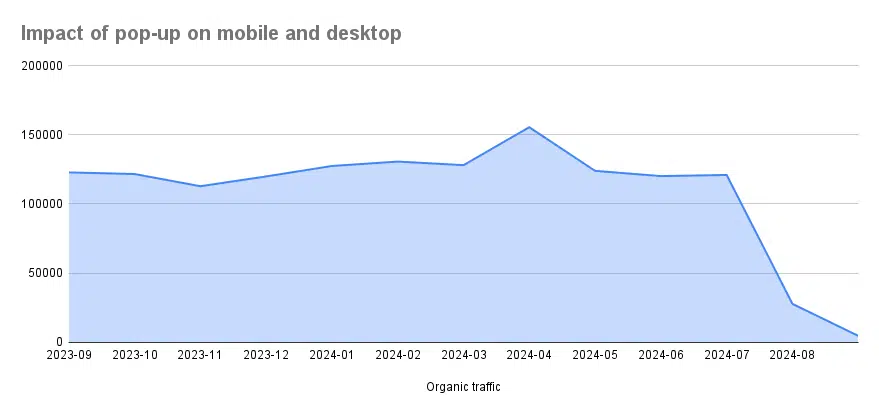

Here is a breakdown of the intrusive interstitial and its impact on organic traffic.
The impact of before and after an interstitial on mobile and desktop
The homepage pop-up was related to a promotion and not triggered based on a time delay or scroll.
Here is an example of a mobile pop-up:
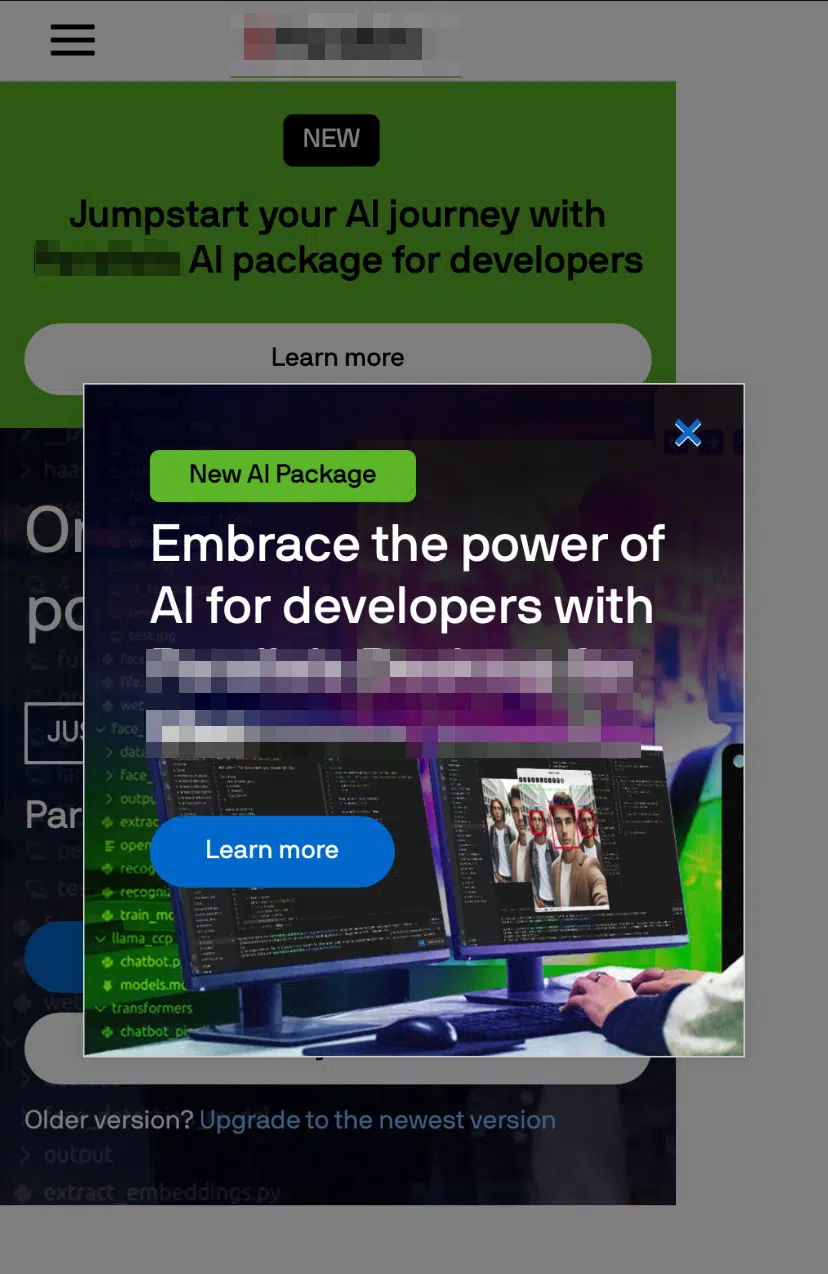

In the example above, the pop-up also negatively impacts the responsive design.
Here is the example on desktop:
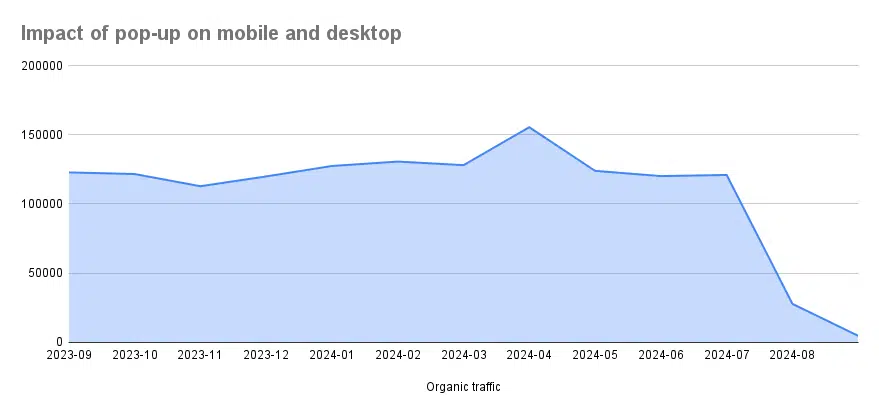

In addition to the drop in organic traffic, the homepage lost 97% of its keyword rankings on desktop.
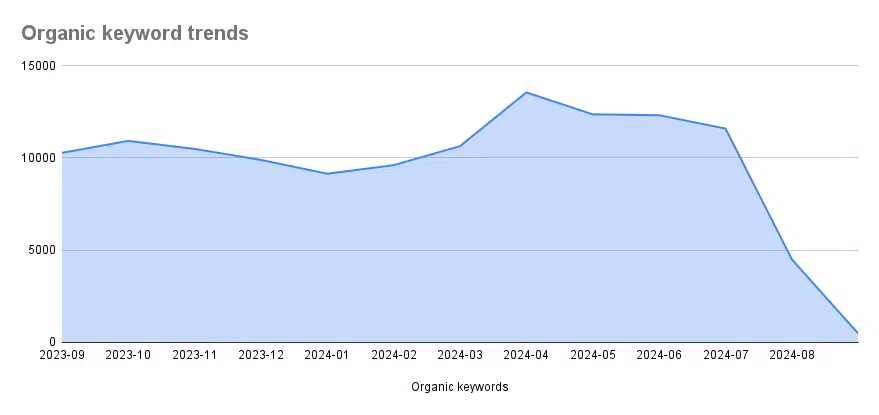

And saw a 96% decline in mobile rankings for the homepage.
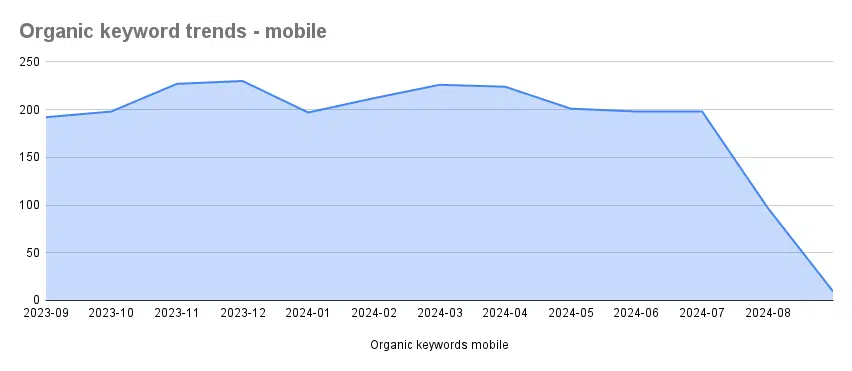

Most of the impact was on branded terms, indirectly impacting the reduction in PPC branded spend.
It also negatively impacted our page experience and page speed.
The website also saw a 10-second decline in page speed.
Before the launch of the pop-up, the website averaged a 3-second load time.
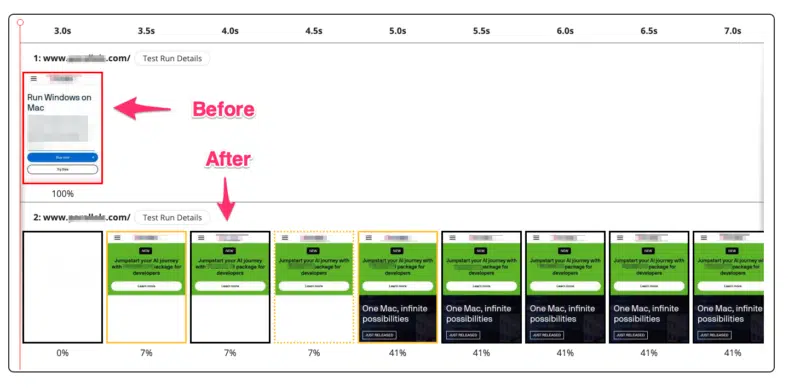

And a 13-second load time after the launch of the pop-up.
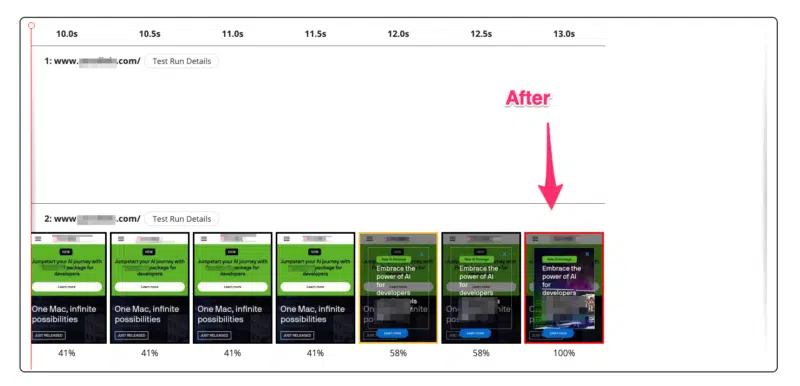

You can see the negative impact across page experience with the pop-up with a large number of layout shifts.
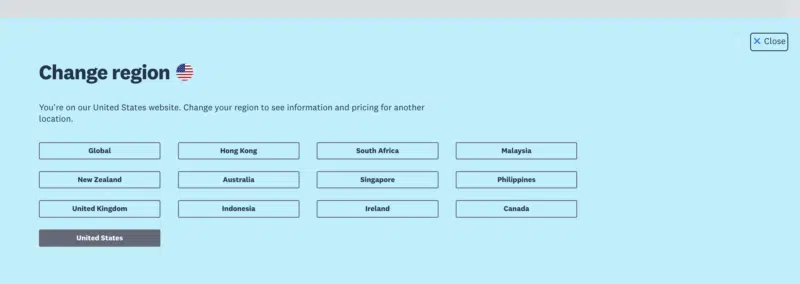

The homepage saw a 97% decline in organic traffic cost value overall.
There is no interstitial penalty or manual action
The intrusive interstitial effects rankings, not indexing.
However, other areas of impact may occur, such as soft 404 errors, server speed and the site’s overall page experience.
Remember, Google crawls from the U.S., so if those overlays are only present in European countries, Google will not detect them.
The negative impact of interstitials is a demotion in search
When Google rolled out the Google mobile interstitial penalty on Jan. 10, 2017, it had a shockingly quiet impact. A few days later, SEO professionals started seeing pages lose 10 or more positions in rankings.
When the Google page experience hit desktop sites in February 2022, intrusive interstitials were included as a signal.
It’s important to remember that interstitials do not require manual action (at least not yet), but they still negatively impact your page experience.
Google’s John Mueller stated in an SEO Office Hours on Jan. 22, 2021:
- “This is kind of like something where we would slightly demote the website in search. Sometimes, the tricky part is these slight demotions. It’s not the case that we’ll remove the site from search or move it to page 100. But if it’s relevant content, we may still show it on the first page of the search results, just not as highly as possible.”
Get the newsletter search marketers rely on.
4 examples of bad interstitials
1. Checking to see if you’re a spammy bot is bad
Gary Illyes from Google posted on LinkedIn, mentioning:
- “Checking if the site connection is secure interstitials you see on some sites, some of the time, is the last search-friendly thing you can do.”
Example:
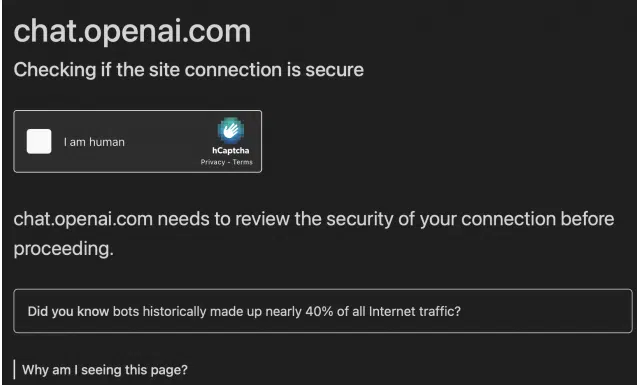

In short, there are other ways to avoid spammy bots from hitting your site.
If you detect a bot, Mueller recommended serving a 5xx status code to manage the robot detection interstitial.
If you run a hosting service and have a “you might be a bot” interstitial, make sure it uses a non-200 HTTP result code (perhaps 503) and that it doesn’t have a noindex on it. Serving a noindex+200 will result in pages being dropped from search, if search engines see it. pic.twitter.com/LFGQcq2dzf
— John 🧀 … 🧀 (@JohnMu) January 17, 2022
2. Redirect to interstitial page
If you show a user page A in the SERPs but redirect it to page B after the click and page B includes a pop-up or interstitial page, search engines will not detect content outside the redirected page.
3. Only displays interstitial
Here is an example of a pop-up display that covers the body copy:
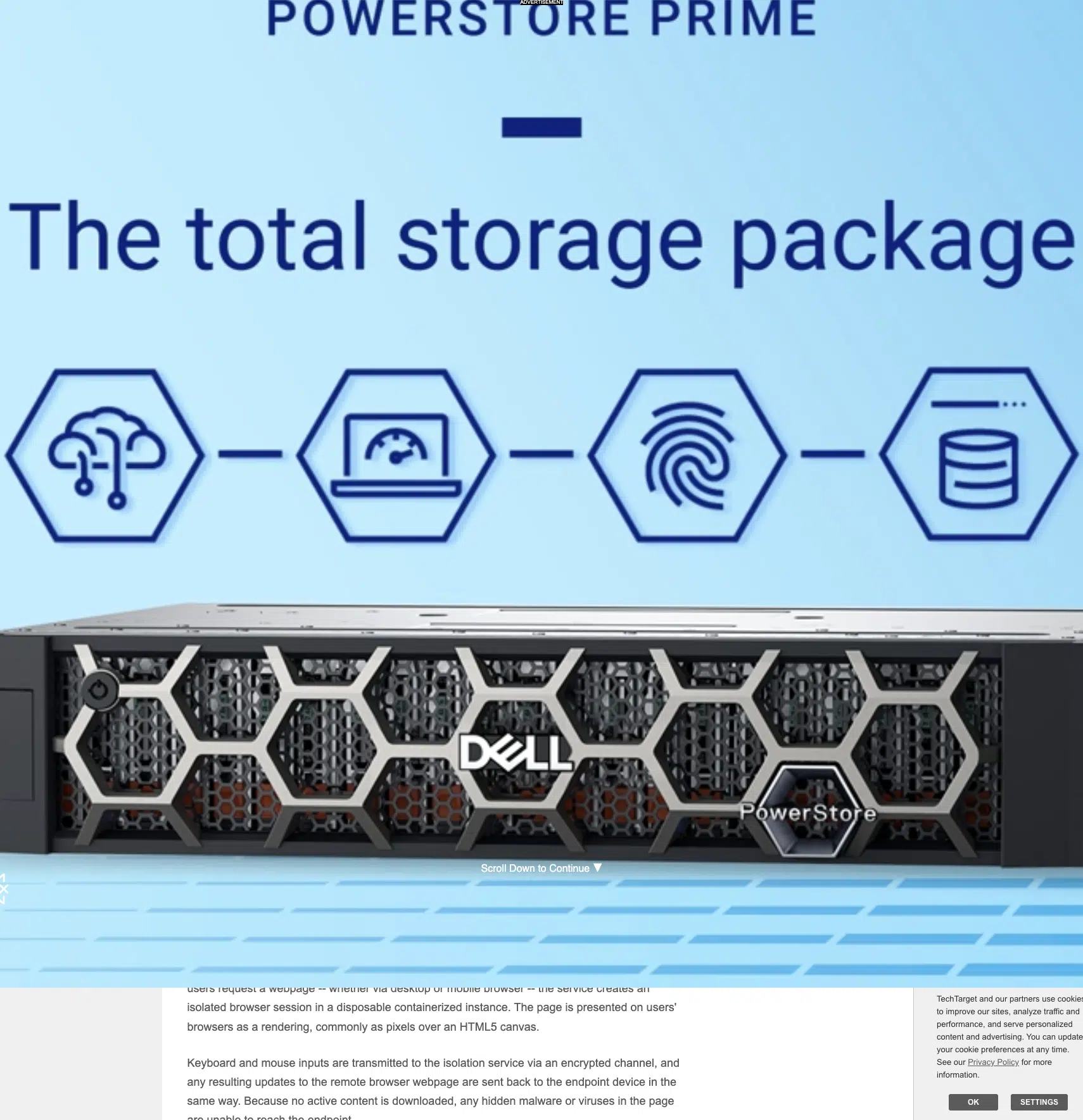

4. Store locator pop-ups
Store locators are really hit or miss on pop-ups.
Here is an example of a good location locator pop-up:
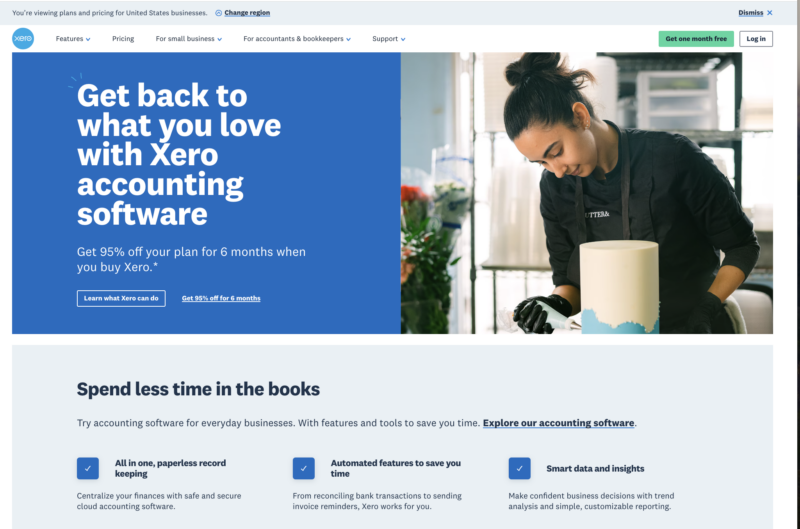

Instead of a pop-up, Xero opts for a banner ad.
Once you click the “Change region” button, you’re brought to this option to select a region.
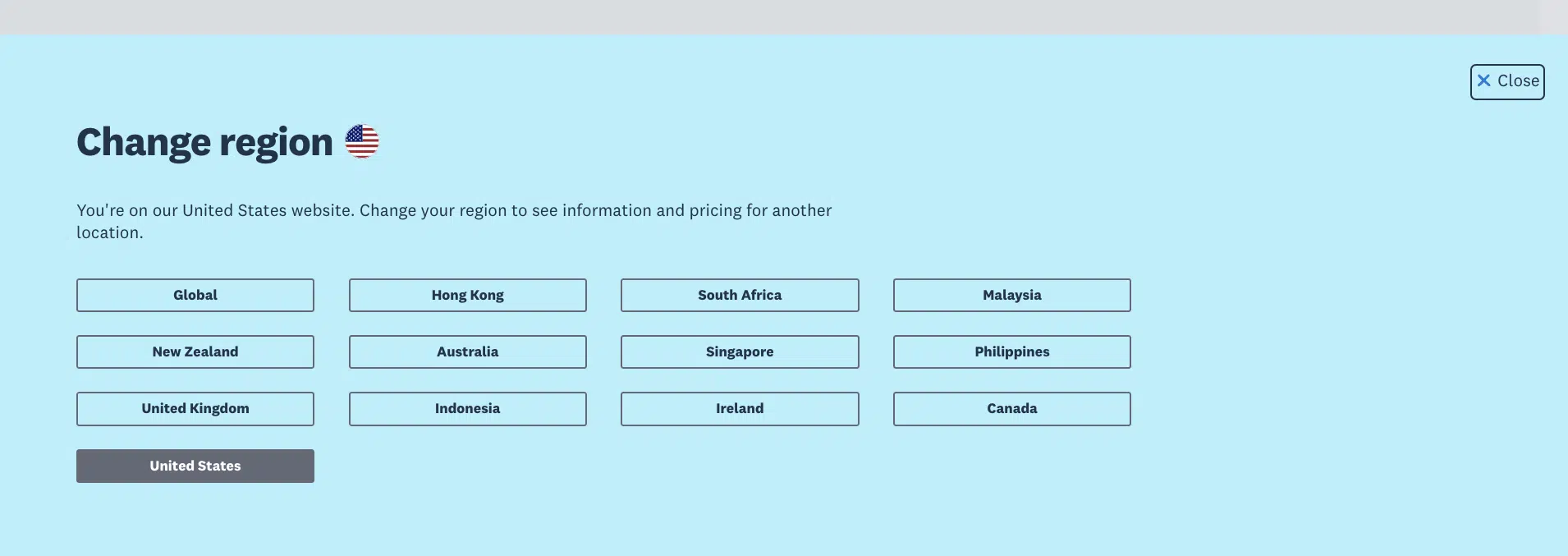

4 examples of good interstitials
1. Displaying a cookies policy interstitial
Legal interstitials are OK, just as long as search engines can index the content without doing anything special, like asking search engines to click on something to load the background content.
This means GDPR and cookie policies are fine.
Here is an example of a cookies policy built with a pop-up window:
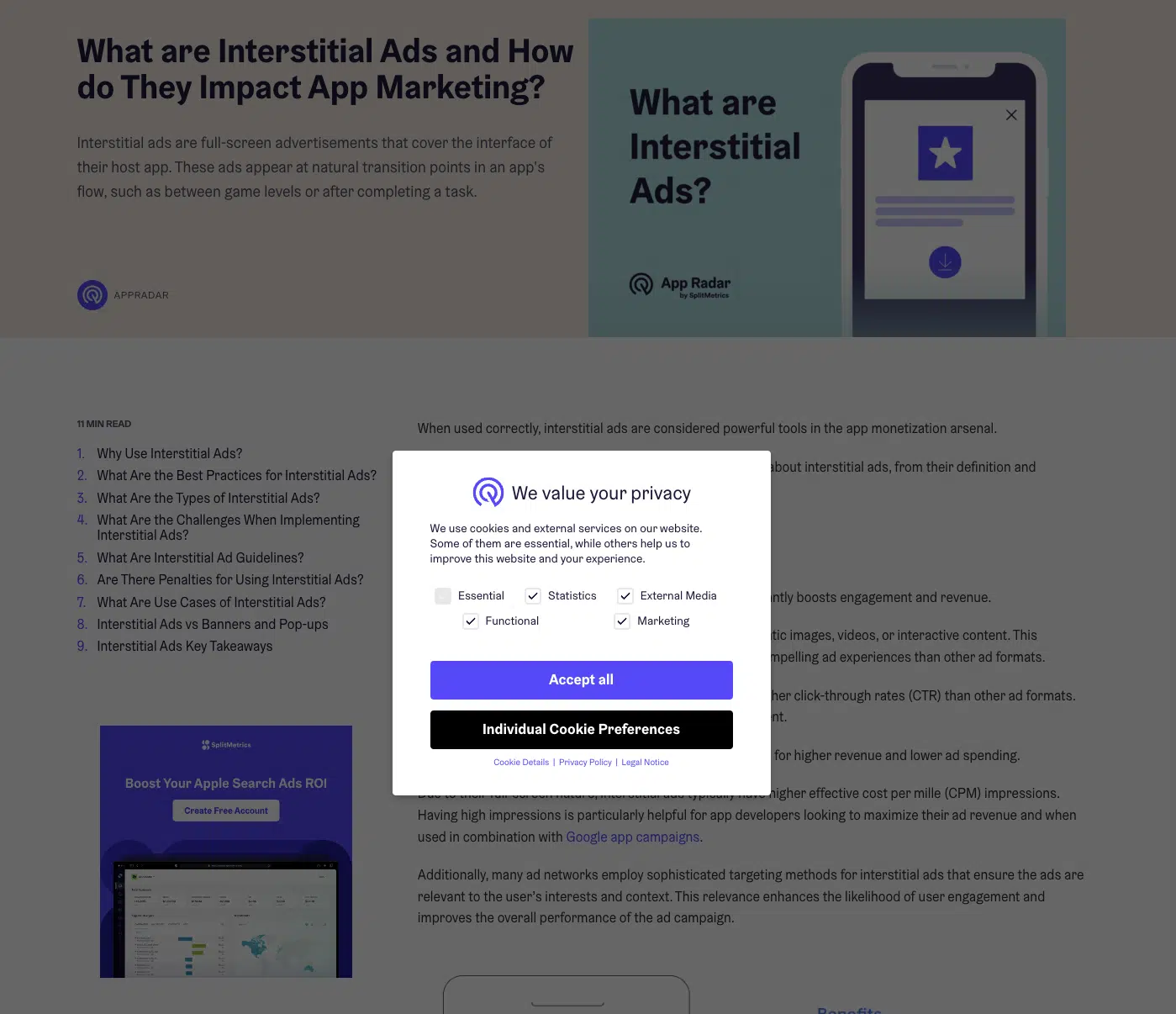

Here is another example of a cookies policy built with a banner at the bottom (my preferred method):


Mueller mentioned in Google Webmaster Office Hours that Google is trying to recognize these legal banners as separate from advertising banners.
2. Requesting age verification
Age verification classifies as a legal pop-up, so there are no issues with these.
Here is an example of an age pop-up done well:
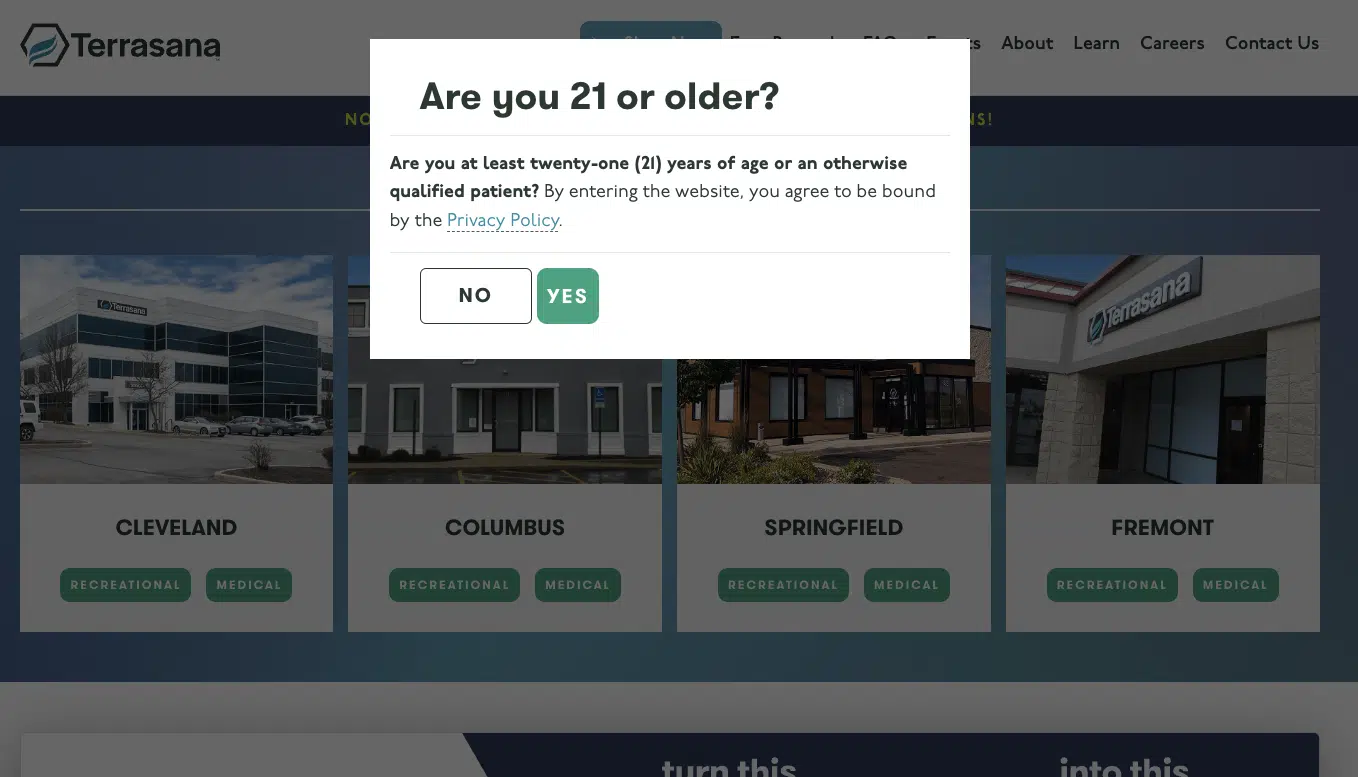

3. Leveraging banners at the top and bottom
Here is an example of Samsung’s promotional ad banner:
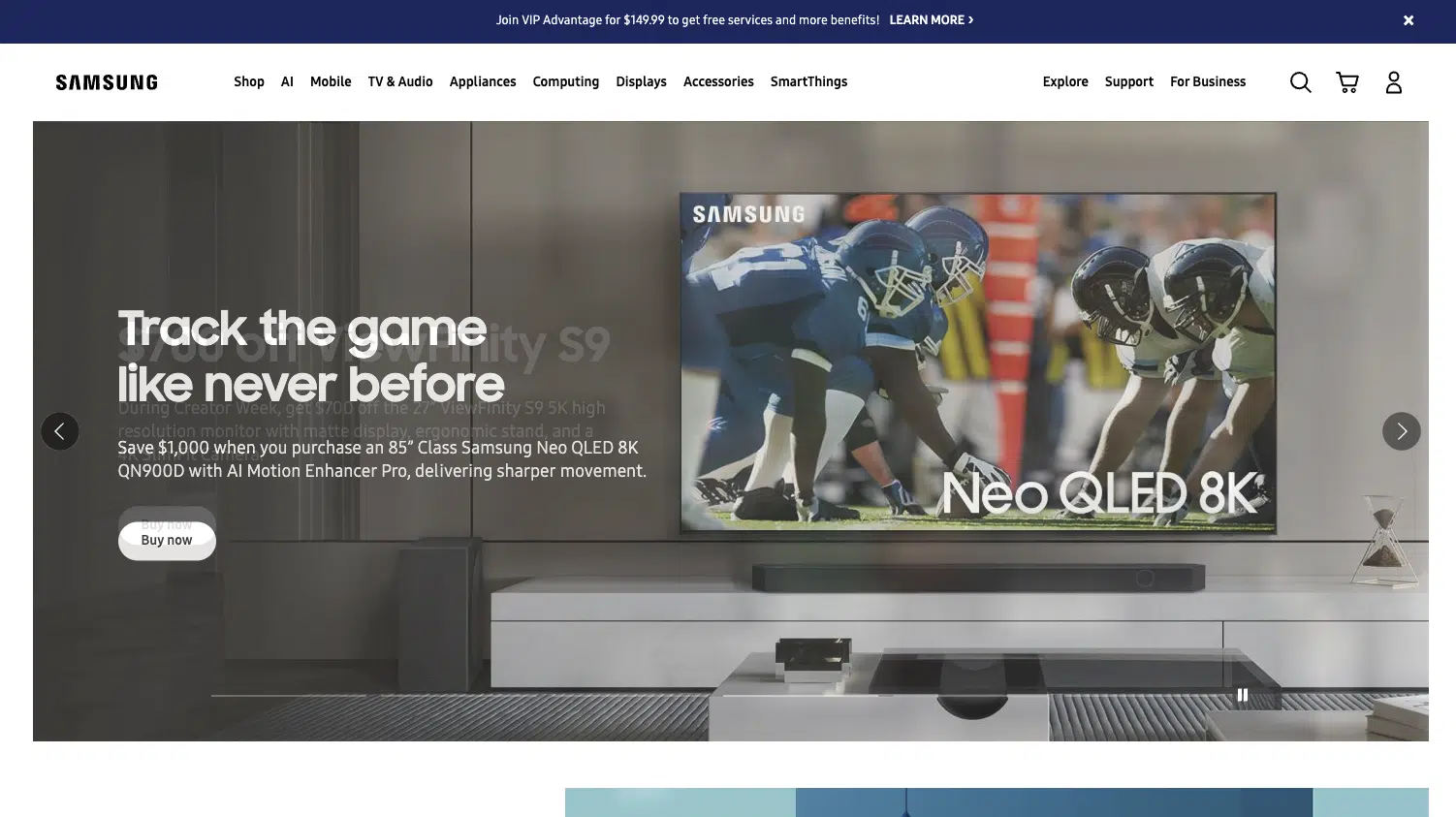

4. Exit intent pop-ups that are time or scroll-based
If you’re going to launch a pop-up, I recommend using an exit intent pop-up based on time on the page (20 seconds or more) or scroll depth.
Stay tuned for more updates on the recovery of the interstitial pop-up
I’ll be updating this article as I get more data on the impact of removing the interstitial and recovery.
Contributing authors are invited to create content for Search Engine Land and are chosen for their expertise and contribution to the search community. Our contributors work under the oversight of the editorial staff and contributions are checked for quality and relevance to our readers. The opinions they express are their own.
